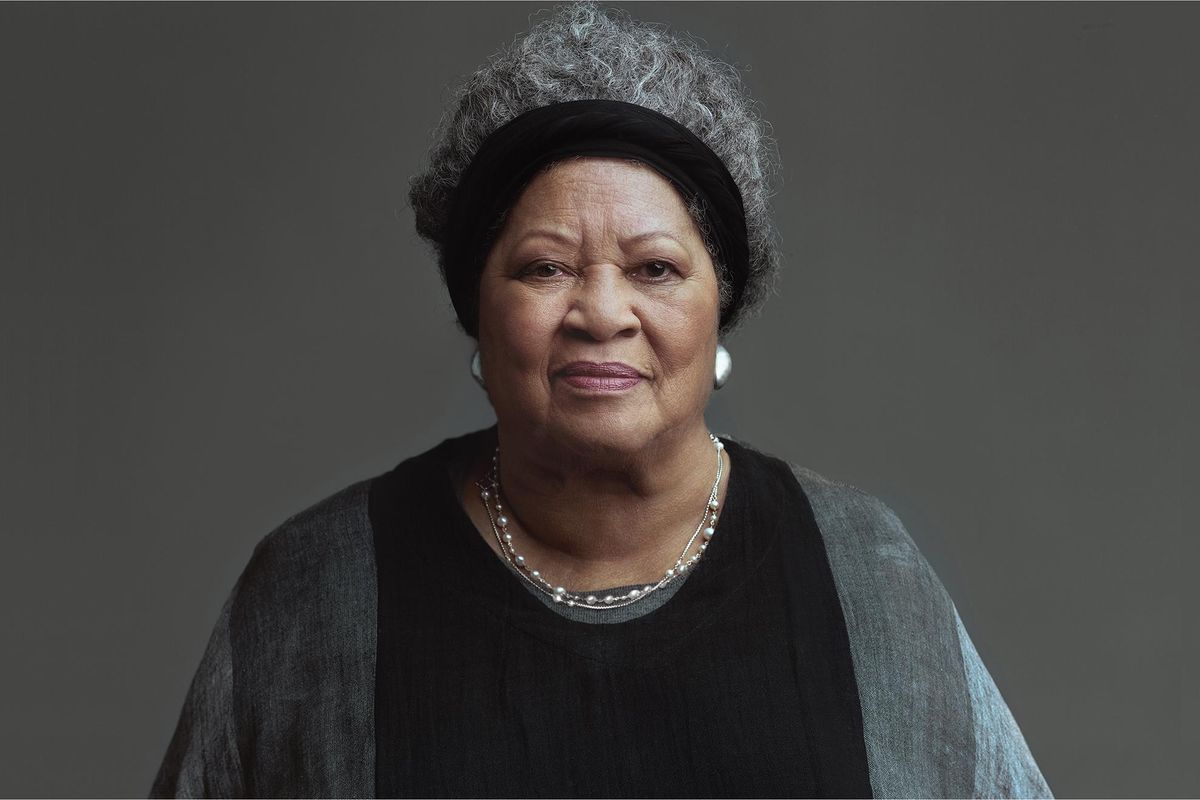‘Toni Morrison: The Pieces I Am’ review: Irresistible voice of beloved writer shines through

The Nobel Prize-winning writer Toni Morrison has a voice like a warm blanket, and it spreads across the documentary “Toni Morrison: The Pieces I Am” irresistibly; when it’s over, you feel like a beloved friend has left the room. In Timothy Greenfield-Sanders’ film, Morrison is seated squarely facing the camera and speaking to it, while the other voices in the film – friends, fellow writers, critics, academics – are shot at a more traditional angle. The result is an intimate directness, a sense of a genuine conversation.
Those who know Morrison’s remarkable novels about black America – “The Bluest Eye,” “Sulu,” “Song of Solomon” and the Pulitzer Prize-winning “Beloved,” among others – will be intrigued by the details of her life: She was born Chloe Wofford (Toni came from her baptismal name, Anthony; Morrison from a brief early marriage) in 1931, in the steel town of Lorain, Ohio, and worked as a teenager in the local library. (Morrison admits, with a laugh, that she wasn’t a very good library worker – she preferred reading books over shelving them.) A graduate of Howard University and Cornell University, she had a distinguished career as an editor for Random House – while raising two sons as a single mother, getting up early to write before they woke up – before leaving publishing to devote herself full-time to writing and teaching.
Much of the film’s pleasure is in hearing Morrison speak – about racism (“If you can only be tall if someone is on their knees, then you have a problem”), about controlling the characters she creates in her books (one particularly troublesome one was told to “shut up. This is my book, not yours”), about the everyday effort of writing (“Sometimes you’re nudged, and sometimes you’re just searching”). But I was especially dazzled by brief glances of her manuscripts: worn-soft yellow tablets, covered in Morrison’s tidy, urgent handwriting. Words are crossed out or inserted, character relationships are graphed, worlds are created – an everyday miracle, from an American treasure.